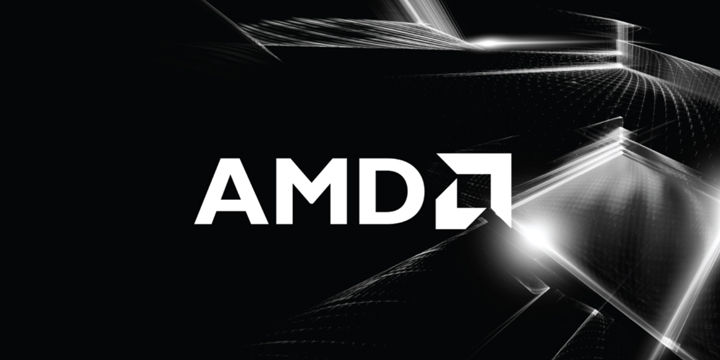In the history of graphics cards, AMD has brought many classic products and attracted countless fans.But at the same time, there are also some GPUs that are impressive, but they’re the opposite.
A few days ago, some foreign media compiled several so-called disappointing graphics cards in the history of AMD (ATi) How many graphics cards have you used? Do you agree?
Radeon 8500
Released in 2001, it was considered a strong opponent of NVIDIA GeForce 3 at the time, and the price of US$299 was also US$50 cheaper than GeForce 3 Ti 500. However, at the beginning of the release, the old driver problem of the 250 clocked version was still unresolved, leaving gamers with a very general impression of the performance.
According to foreign media, the actual performance of Radeon 8500 in some games is even half that of GeForce 3 Ti 500, although the current score of 3DMark 2001 is very high. But with poor driver optimization, it can only match the overall GeForce 3 Ti 200, but the latter costs less than 200 US dollars.
While the later Radeon 9000 saved ATi’s face, it was also due to the Radeon 8500 to some extent.
Radeon R9 390X
Frankly, the graphics cards released after the merger of AMD and ATi in 2006 worked fine, although the HD 3000/6000 can still be criticized, it is also buggy. The 2013 R9 290X is a beautiful counterattack to the GTX 780.
However, AMD finally fell on its girlfriend GlobalFoundries 28nm process, and then started a crazy vest strategy, resulting in the R9 300 series graphics card is nothing more than changing the shell.
Tests show that the R9 390X can barely catch up with the GTX 980 in 1080P gaming, but NVIDIA still has the terrifying GTX 980 Ti. The worst problem with the R9 390X is that the power consumption is extremely high, not only close to double that of the GTX 980, but also 100W more than the R9 290X.
Radeon R9 Fury X
Released in 2015, the Fiji core was developed using the third generation GCN architecture and was also equipped with 4GB of HBM memory, it was ambitious at the time, and the public version of the board was also directly liquid-cooled.
However, at the same price of $649, the gaming performance of the GTX 980 Ti is almost the same as that of the Fury X. In terms of extreme performance, NVIDIA still has the mighty TITAN X. Even though it costs $350 more, the players are still willing to pay it.
Another problem with Fury X is poor overclocking performance. It may be due to the underlying process and lack of in-depth knowledge of HBM memory. Overclocking performance is very poor and it is extremely difficult to reach 10%. On the other hand, the GTX 980 Ti can easily be overclocked by 20%, further unleashing the performance potential.
Radeon RX 590
RX Vega just hit some milestones and AMD started playing mid-level vest cards again. While the RTX 20 series is also suspected, ray tracing is packaged by NVIDIA as a new selling point that I don’t have.
The reason for RX 590’s existence seems to be just to bridge the big performance gap between RX 580 and Vega 56, but changing the soup doesn’t change the medicine, which means that RX 590 is essentially RX 580 overclocking, and RX 580 it is essentially overclocking RX 480, which leads to RX 590 consumes 225W, 75W more than RX 480, also higher than Vega 56.
Radeon VII
Faced with the embarrassment of RTX 2080 and the whole family, AMD hastily launched the Radeon VII, which has the name of the world’s first 7nm process gaming graphics card, but its essence is nothing but the ” reduction” of the Radeon Instinto MI50 data center product.
In terms of outright performance, the Radeon VII and RTX 2080 can indeed compete, but the lead is very small and even the GTX 1080 Ti is still a bit weak in some games.
Another problem with Radeon VII is production capacity and cost: At that time, the production of 7nm GPUs and the 16GB HBM2 memory configuration caused AMD to sell at a loss in the mid- and early stages. After finally cutting costs, the RX 5000 series was also launched. The RX 5700 XT can match the performance of Radeon VII nine times, but the price is only half.
Further reading:







